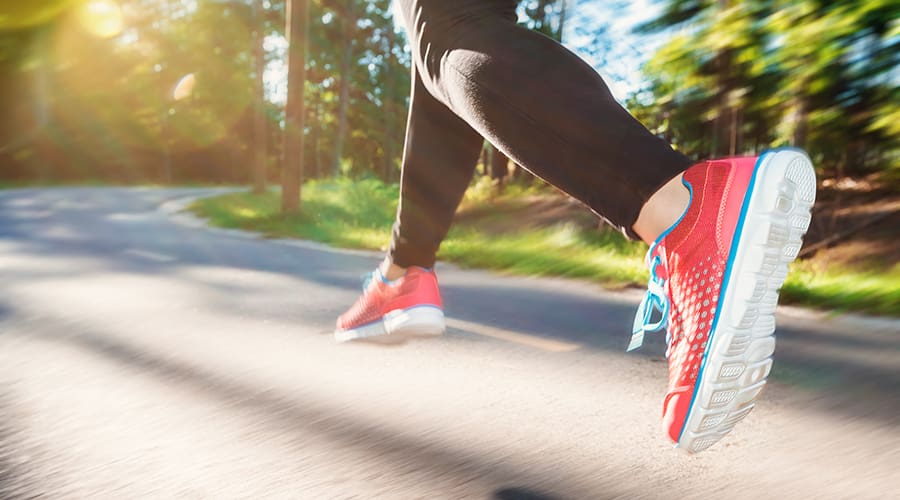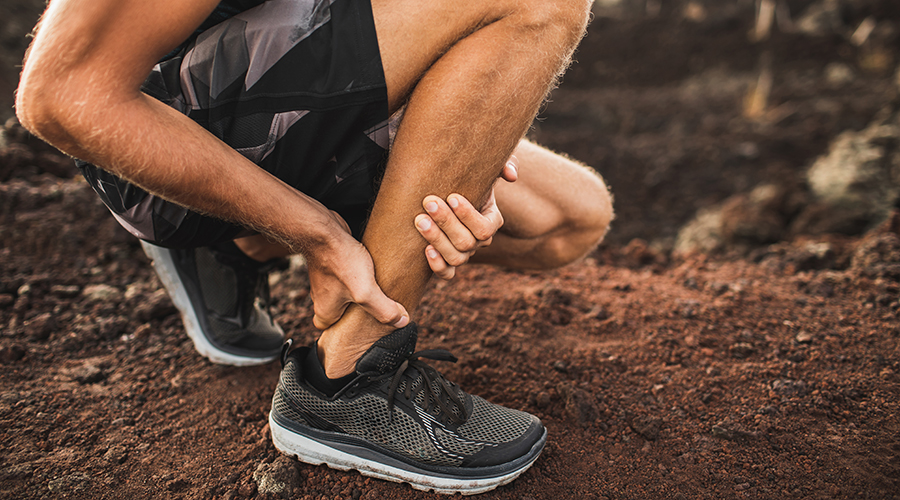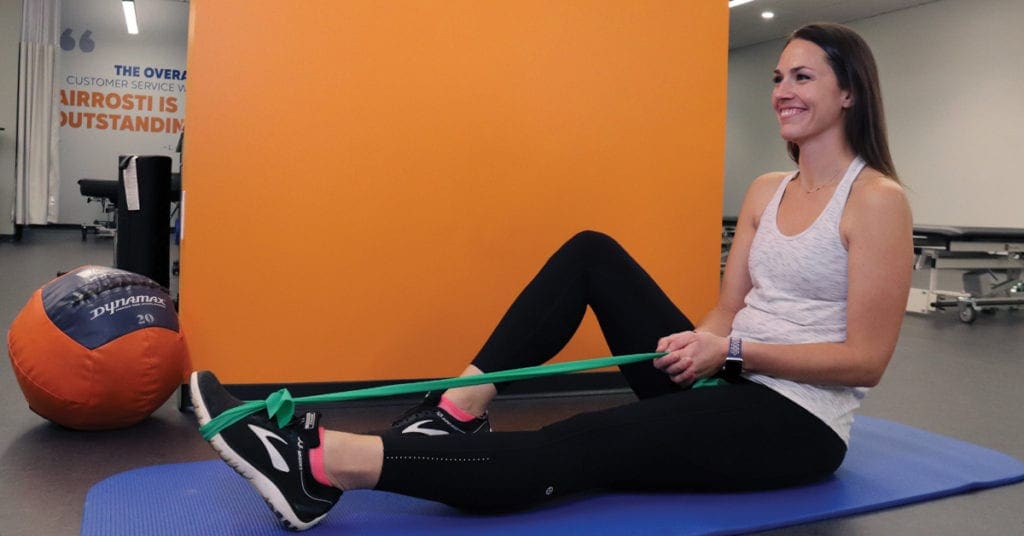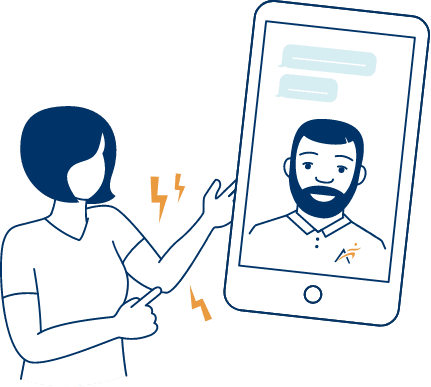(21,000+ reviews on Google across 150+ locations)
In this short video, Breanne Kelley, DC discusses the causes, symptoms, and treatment options for Achilles tendonitis. She also discusses Airrosti’s approach to Achilles tendonitis and how we allow our patients to stay active during treatment.
The Achilles tendon is the largest tendon in the body. It is a band of tissue that connects your calf muscles to your heel bone and is used when you walk, run, and jump. It is also prone to tendonitis when overused.
Achilles tendonitis is an injury that occurs when the Achilles tendon becomes inflamed and irritated after extensive use. This inflammation inhibits the tendon’s ability to move and can cause sharp, intense pain near the back of the lower leg. Achilles Tendonitis is commonly known as Achilles Tendonosis or Achilles Tendonopathy.
There are two different types of Achilles tendonitis, insertional and non-insertional:
Insertional Achilles tendonitis occurs when the pain is located at the insertion point of the tendon where it attaches to the heel bone. Inflammation occurs in this area and is the cause of this unpleasant pain.
With insertional Achilles tendonitis, pain is often worst first thing in the morning or a day after activity.
In this case, pain is located in the middle of the tendon. Inflammation occurs in the middle of the tendon causes swelling and pain. This is common in active, younger people. Pain is often worst before or shortly after activity.
Achilles tendonitis typically develops when we push our bodies to do too much, too quickly. Achilles tendonitis most commonly occurs in runners and other athletes who have suddenly increased the intensity or duration of their training.

Below are a few of the risk factors associated with Achilles tendonitis.
The pain associated with Achilles tendonitis typically begins as mild heel pain. Sometimes pain and swelling are present in the back of the leg or above the heel. Any action that requires flexing the calf muscle may be painful.
Episodes of more severe pain may occur after prolonged running, stair climbing, or sprinting. You might also experience tenderness and stiffness, especially in the morning. These symptoms usually improve throughout the day as your body warms up.

When treating Achilles tendonitis, your doctor may perform a physical exam, a range of motion test, and order imaging tests to help rule out other conditions. Your doctor will recommend you take some time off to rest and heal, limit your physical activity, and modify your exercises as needed. Over-the-counter pain medications such as Ibuprofen are often recommended to curb any pain. Icing the affected area for 15 – 20 minutes at a time may also help reduce swelling and inflammation.
Depending on the severity of your injury, it may take several months to resolve the condition and return to your regular training schedule. With traditional healthcare solutions, the expected recovery times for Achilles tendonitis are 3-6 months for Insertional and four months for Non-insertional.
Other treatment options include orthotic inserts and physical therapy to strengthen the Achilles tendon and promote faster healing. With the help of professional rehabilitation experts, faster healing is a possibility.
Pain from Achilles tendonitis can be subdued with a few exercises that target the affected area. Just remember these are at-home exercises that should be a supplement to regular physical therapy. A few helpful Achilles tendonitis exercises are:

This stretch is great for mobility and helping regain movement in the ankle.
This band stretch can help you build up stability in the injured area.
Airrosti helps patients relieve pain quickly, without the use of pain medication, injections, or surgery. Our effective Achilles tendonitis treatment can resolve your injury in as few as three visits, based on patient-reported outcomes. In most cases, you can continue your normal level of activity for the duration of your treatment. You’ll also receive individualized at-home exercises you can use to further speed recovery and help prevent injuries.
If pain or an injury is keeping you sidelined, schedule an appointment with Airrosti, and get back to living life pain-free.
Reviewed by Casey Crisp, Doctor of Chiropractic
Disclaimer: Always consult with your doctor before starting any exercise program. If you experience any numbness, tingling or reproduction of your symptoms, please contact your doctor.

I saw Dr. Hurta for 2 different injuries: Achilles tendinosis, which I had been unsuccessfully dealing with for more than 3 years, and calf strain. Both times Dr. Hurta provided me with the best care. He spotted the problem right away and proposed me a treatment plan integrated with targeted exercises to treat my condition and to prevent it from happening again. He was also always more than happy to address my questions and concerns. Best service I could imagine.
by Stefano Casarin
